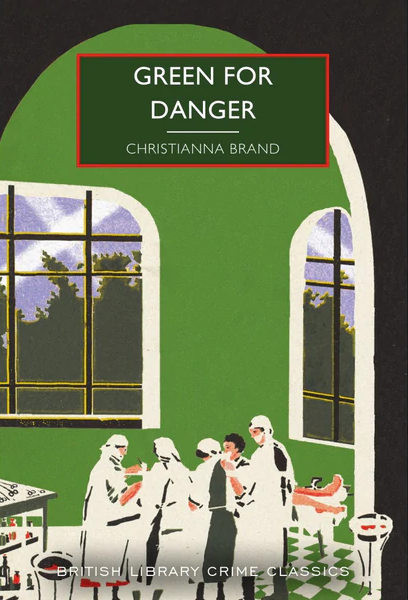
Originally published in 1944
Inspector Cockrill #2
Preceded by Heads You Lose
Followed by Suddenly at His Residence
It is 1942, and struggling up the hill to the new military hospital, Heron’s Park, Kent, postman Higgins has no idea that the sender of one of the seven letters of application he is delivering will turn out to be a murderer in a year’s time.
When Higgins is brought in following injuries from a bombing raid in 1943, his inexplicable death from asphyxiation at the operating table casts four nurses and three doctors under suspicion, and a second death in quick succession invites the presence of the irascible – yet uncommonly shrewd – Inspector Cockrill to the scene. As the prospect of driving back across Kent amid falling bombs detains the inspector for the night, a tense and claustrophobic investigation begins to determine who committed the foul deeds, and how it was possible to kill with no evidence left behind.
When I posted about my first Christianna Brand novel, Heads You Lose, last month each of the comments suggested that I quickly follow it with Green for Danger. I was happy to oblige, not only because it was the next in that series (and I do generally try to read in order) but because it also featured Inspector Cockrill who I had enjoyed a lot as a sleuth.
The novel takes place during wartime at an English country hospital the day after an air raid. A local postman is brought into the hospital during the night shift to repair a broken leg and is prepped for surgery. During the event however something seems to go wrong shortly after he is placed under anesthesia and he dies moments later. Inspector Cockrill is dispatched to investigate what seems to have been a tragic accident and initially seems to pay little attention to the claims made by the deceased’s wife that her husband had been mistreated in the few hours between his admission and the fatal surgery. When a second death takes place a short time later, the victim having asserted a short time before in front of everyone involved with the surgery that they had evidence that would prove murder, he starts to investigate in earnest…
Since starting this blog I have read a number of detective novels that have taken place during wartime. This is one of the most effective and interesting depictions of what it feels like to be living at a time of war. What fascinated me was not simply the expected fears of death or danger from the bombing raids but the range of other emotions depicted here. The moments of flippancy or morbid humor, the sense that for some that wartime offered a chance to find a purpose or status they didn’t otherwise have and living in the moment. This is a much broader and more nuanced depiction of life during a period of enormous uncertainty and danger and I appreciated how well-observed it felt.
I think that same attention to detail is obviously also noticeable in its depiction of the operations of a rural hospital and of the range of personalities who work there. We witness several medical operations during the course of the novel and both are carefully described, particularly the second which takes place under considerable scrutiny, making it clear that the work had been well-researched.
One of the things I enjoyed most about this story is that it is an example of a type of murder in which no crime appears to have been committed at all. For all the characters may suspect that there has been foul play, it is really the attempts to cover up that first crime that draw the attention of the investigator. Brand does a good job of explaining both why Cockrill doesn’t pay much attention to the suggestion at first, which is partly based on his somewhat caustic personality as an investigator, and also the medical reasons why it isn’t clear that it was murder.
The mystery itself is cunningly constructed, both in terms of the initial crime but also the killer’s subsequent activities. One of my favorite sequences in the novel concerned an attempt by the detective to prevent a repeat of the incident by overseeing each element of the operation and while I think the crucial element is perhaps highlighted a little too effectively early in the book (often an issue with crimes that have to introduce specialist knowledge), I love the way that it is discovered later which is both exciting and quite clever.
I also really appreciated that Brand creates a very effective example of a closed circle mystery, limiting her suspects to a small group of doctors and nurses who were present during that first operation. She even quite specifically names who the suspects will be before the murder even takes place in the novel’s opening in which the postman has a collection of letters, each described, one of which is linked to the person who will kill them. This is one example of how Brand uses foreshadowing quite effectively to set and play with the reader’s expectations, creating suspense within her narratives.
I felt that each of these characters were rendered quite effectively and I enjoyed the process of teasing apart their connections and their feelings about each other. We are never really given reason to root for any of them as each has moments that expose their prejudices and personality flaws but I felt that they were compelling and realistic. Similarly Cockrill is not always a likable man, particularly later in the novel as we see him place the suspects under some intense and uncomfortable scrutiny, but I always found him interesting.
It is that period of sustained pressure on the suspects that I think really stands out to me most about this story, not only because it creates a compelling situation for the characters but because I think it helped me figure out what I like about Cockrill. This is a character who is not a master detective the way a Poirot or Gideon Fell is. Rather he is a plodder who recognizes his limits but also the tools available to him in his official capacity as a policeman. While I typically do not like stories in which a character is forced to reveal themselves, this feels different precisely because there is no deception involved. The killer is perfectly aware of what Cockrill is doing and why making the moment in which he declares the killer’s identity all the more compelling.
While all the of mystery elements of the story worked for me, I am a little less enamored of some of the romantic subplots running through the book which do not always read quite as naturally as some of the other character moments of tension and conflict do. These are not tacked on however and are important to our understanding both of the characters and of the background to which these crimes take place, making them feel purposeful and essential to the novel as a whole making them easier to appreciate in retrospect.
Overall then I am happy to say I really enjoyed Green for Danger and quite agree with the sentiments that this is a much stronger work that the previous Cockrill story. It presents an interesting scenario, a good mix of suspects and I think it builds well to a memorable and satisfying conclusion. Expect that further Cockrill posts will follow!
The Verdict: An excellent fair-play thriller that builds superbly to a really strong conclusion.
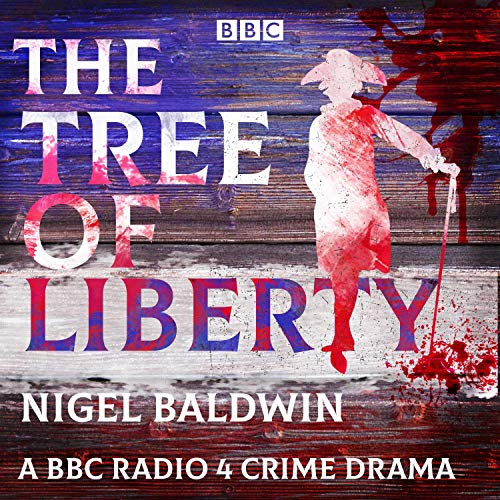
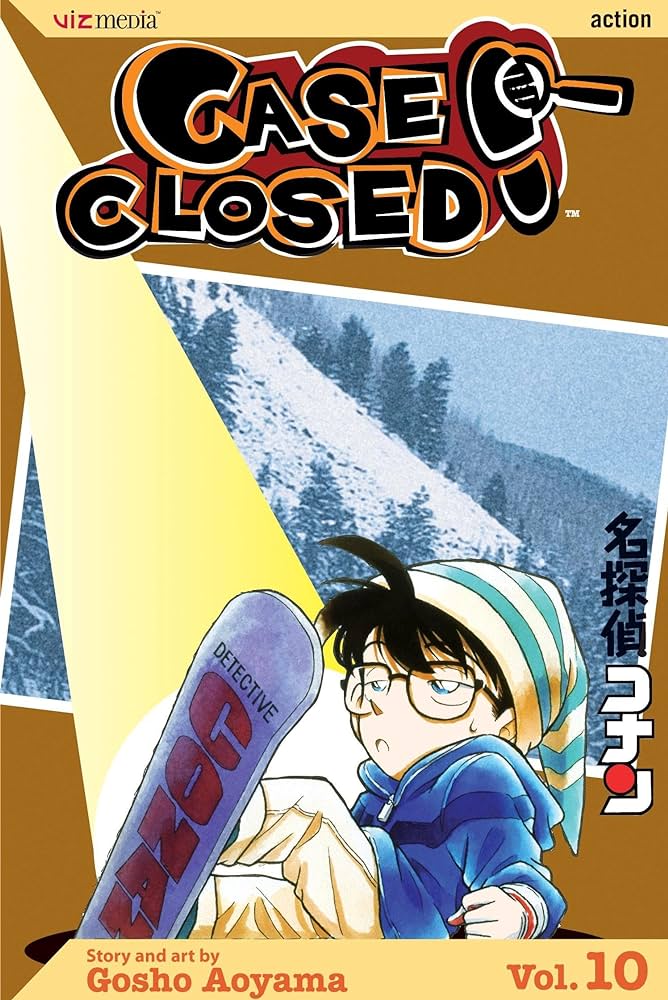
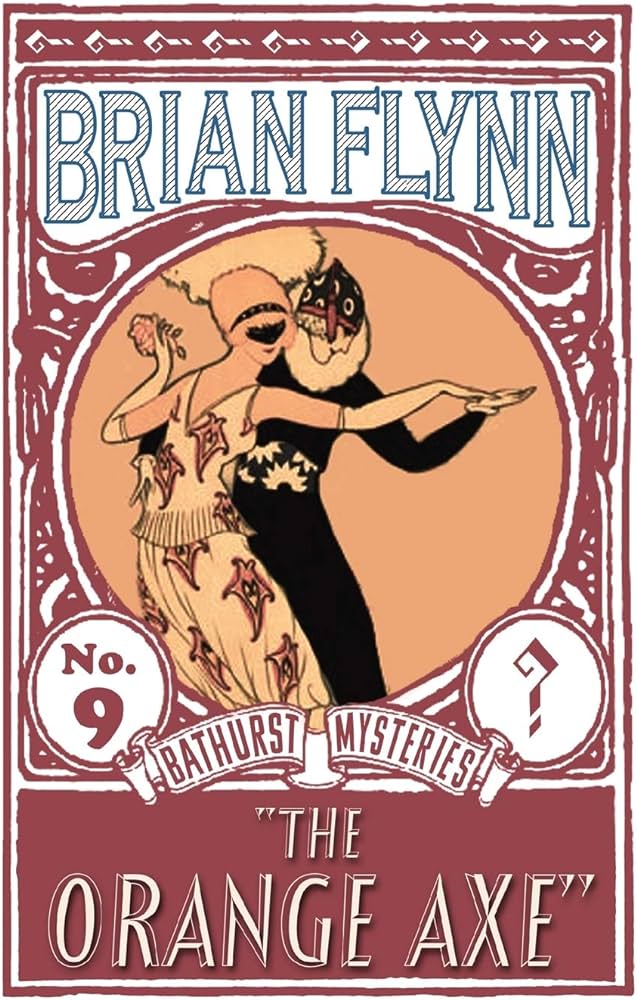
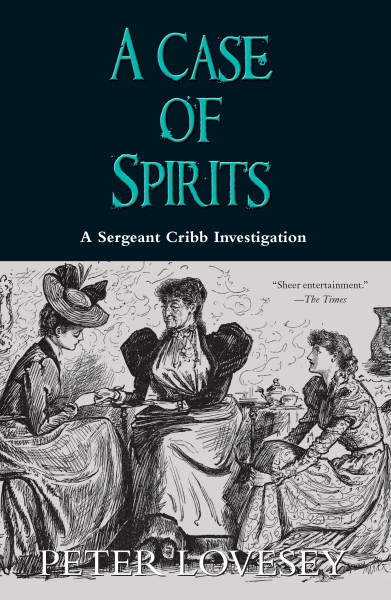
Leave a comment